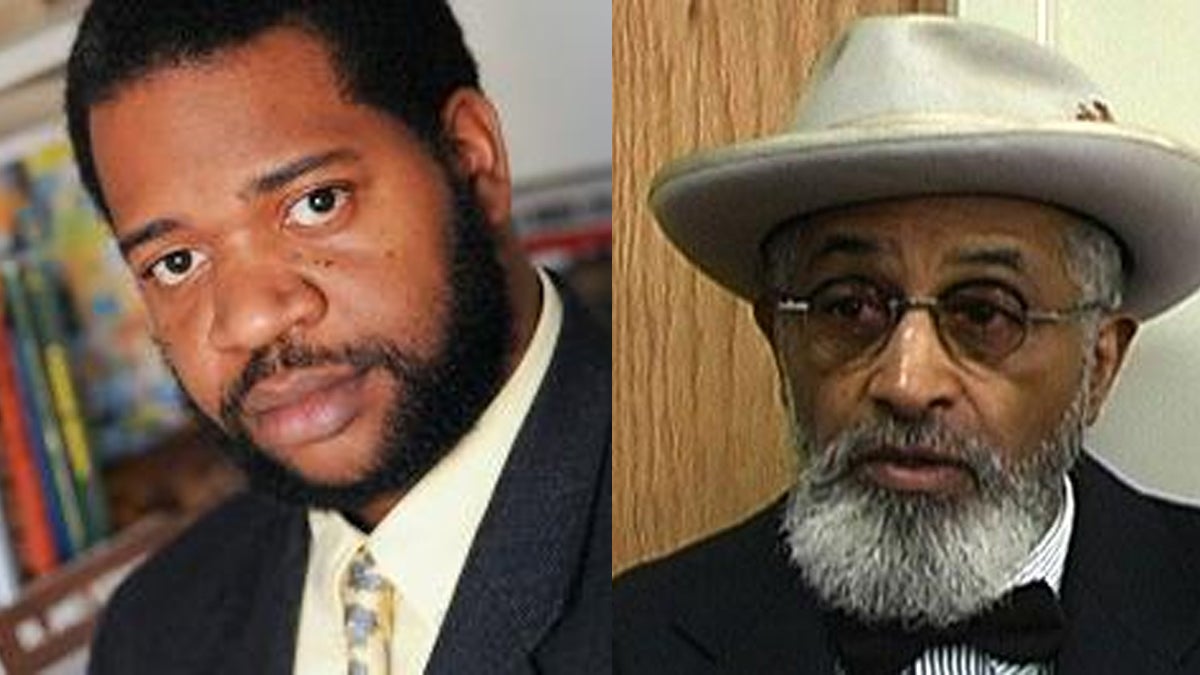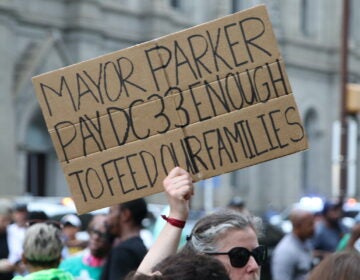’64 demonstrations reflected social frustrations in the neighborhood
Listen
(From left) Professor James Peterson (Courtesy of Lehigh University) and Richard Watson(Courtesy of Temple University Libraries Special Collections Civil Rights in a Northern City: Philadelphia)
Richard Watson, a longtime activist in the Philadelphia African American community and Exhibits Manager and Artist-in-Residence at the African American Museum of Philadelphia, sat down to share his recollections of the state of the community with Associate Professor James Peterson, Director of Africana Studies at Lehigh University.
While the first day of rioting may have been August 28, 1964, tensions had been simmering in the heighborhood long before that. The civil rights movement was in full swing that summer, and there had been riots in other cities based on accusations and incidents of police brutality.
Richard Watson is a longtime activist in the Philadelphia African American community and Exhibits Manager and Artist-in-Residence at the African American Museum of Philadelphia. He sat down to share his recollections of the state of the community with Associate Professor James Peterson, Director of Africana Studies at Lehigh University.
WHYY is your source for fact-based, in-depth journalism and information. As a nonprofit organization, we rely on financial support from readers like you. Please give today.




